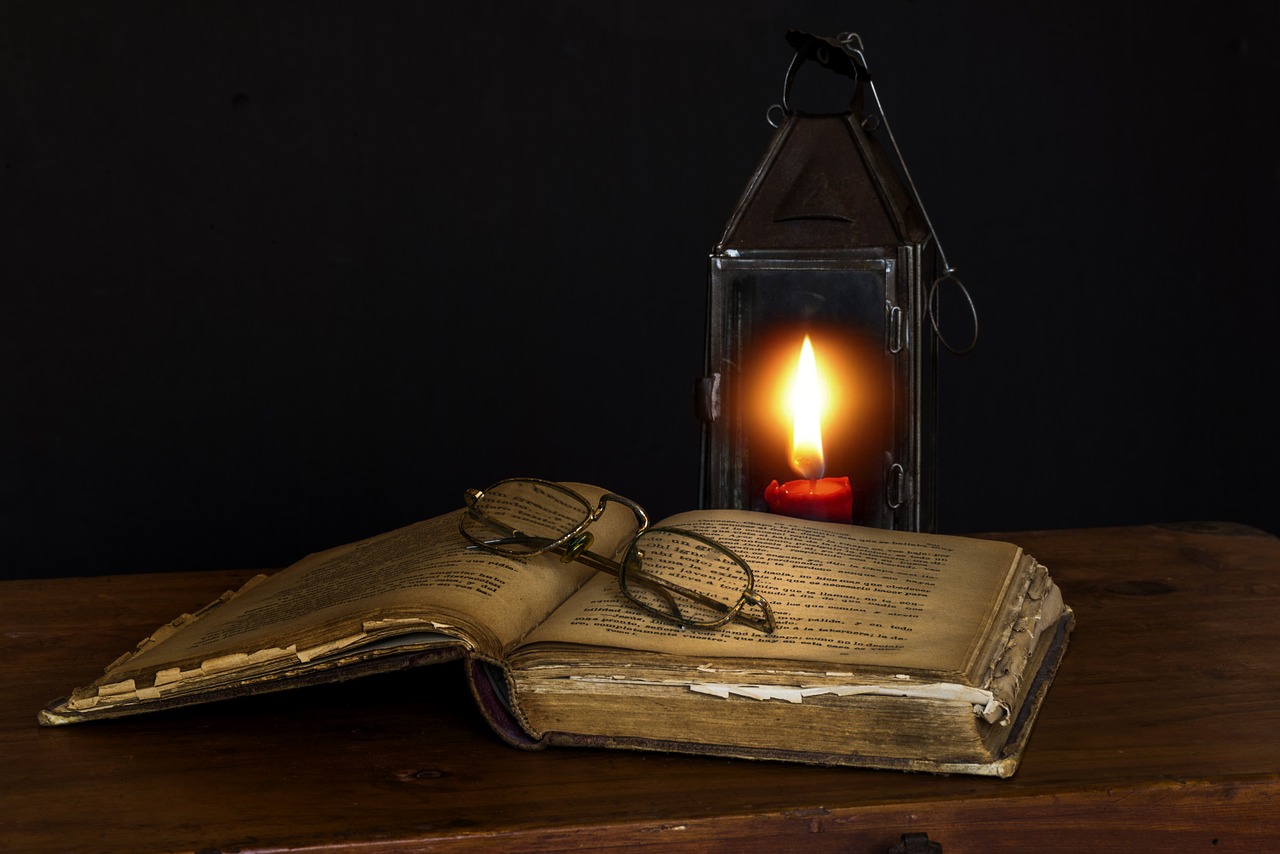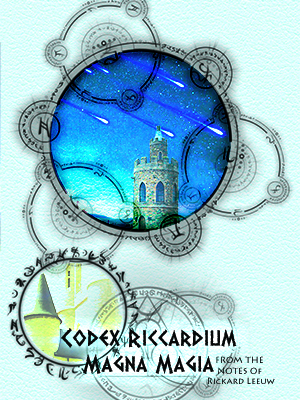Codex Riccardium - A History of Magic
From the Codex Riccardium: Magna Magia
Now, many scholars of the Middle Lands are prone to revisionist history, claiming that the secrets of magic were discovered in the Charwoods and the soft hills beneath Mount Toke, but my personal research of many years has shown this belief to be apocryphal. Yes, by sifting through the archives of the Black Sanctum of the Null, where the oldest records of the Great Land are collected and well stored, by visiting the northernmost tribes of the Kaltani and gaining their respect, becoming privy to their most ancient songs, and finally, by venturing beyond the shifting mists, as I was welcomed to the Realm of the Angel Saxons, record keepers of the old Nordfolk, heirs to the Albenmannen, by doing all this, I could glean the great picture, the tapestry that tells of magic and of who taught it to whom. It is thusly that I came to know that magic originated within the Nine Realms that existed as broken land masses drifting through space, connected by a glowing, ethereal river and not, as is so ridiculously stated, in the Middle Lands of old. Truly, my colleagues must be ignorant to so curtail their own ken for pride, as of course the ancient races of men that lived before the Reshaping of the World had known magic. Is it not well known that the Angel Saxons were ever great smiths of magic arms and armor, equipping the very gods they served? Is it not well known that they stem from the Albenmannen of whom songs are sung of that very same feat? Ignorance! But Lo, the Albenmannen themselves did not weave the first magics on the nine realms. It was only through extensive collection of stories and poems of old that I came to realize that magic came to the nine realms around the time the Old Gods arose, for they had been mortal men that drank of the fabled Well of Wyrd before it was destroyed. As they did so, they gained immortality and much power, and from the bed of the river Bifröst arose the sleeping artifacts that are held in high regard even now by all of us: The five blades of the Keepers. These blades were sworn to the Keepers, but the world was still young, and none knew of them then. And before they searched for their new masters, the blades wreathed themselves in the elements they commanded, creating great, fearsome bodies for themselves with which they sought out the races of men, each of them one great people. And when they did, they taught them how to make the elements heed their command, putting into the hands of men the power to defy the gods, for the Great Clockwork had grown worried about them, it is said. So this, you see, is how magic came to men. Yes, in time the Albenmannen refined it into a strange and beautiful craft that still eludes us collegiate mages in many regards, but the basis of all is to be sought there. Now as it was, when the world was reshaped, the Midgardians that had fought alongside the Faceless Worldshaper were least trained in the arts of magic, and even among the other old civilizations it was an art most highly regarded, yet known only to very few. So it was that magic played almost no role during the great settling of the Great Land in the First Age, and those with the strongest magical traditions were the Nordmen who, in fighting for the losing side of the Old Gods, had been forced to settle in the harsher Lands of the North. In the following ages they often descended onto the Middle Lands to conduct raids of Middlish settlements, but also to conduct trade from time to time. As the Angel Saxons and Kaltani druids came down south to the Middle Lands to erect their Angel Stones, they found the first growing cities of the Middlanders and were ever impressed with their industriousness, but also found themselves barred from lands now owned by ancient nobility. Negotiations ensued and a deal was struck so that in exchange for building a number of Angel Stones for the Angel Saxons, the Middlanders would be taught some of the secrets of elemental magic. The records of these dealings, which I found with the Null, indicate that the first magic taught to Middlanders was indeed fire magic, and it was indeed taught to them near the Charwoods at the birth place of Lumina Aka; so this must be where the misguided idea originated that magic was born in that place. The Angel Saxons produced a great flame and taught the Middlanders how to preserve it, and from this they learned fire magic in its simpler forms, becoming able to protect themselves from flames and stay warm in cold nights, for fire magic was most revered to the Nordmen that had to live in the bitter cold below the Snowzone. In time a great shrine was built around that first flame, and glass was placed around it to further protect and showcase it as a constant vigil of fire mages kept it ablaze. In time, water magic was taught to the men that lived at the foot of Mount Toke, and it was spread quickly through the Middle Lands to make the land more fertile. And as it did, the Middlanders began to study magic more seriously, soon learning that there were also magics of earth, wind, and even lightning. This was the dawning of a new age for many of us, and from here our own records become far more reliable. I shall touch upon this matter in another chapter and call this one complete as it is, for there is much to be said on the founding of the halls of learning that have arisen in the five cities during my life, including, of course, the school that I have founded myself. Now let me puruse my notes and see if I can find the datings for this part...The Codex Riccardium: Magna Magia is a grand codex of magic, its application, and its development throughout history as researched and described by the great magus and scholar Rickard Leeuw, who founded the Rickard Leeuw Magistorium, one of the five great Magus Academies of the Middle Lands and central institution of the grand city of Aerialis.






Comments